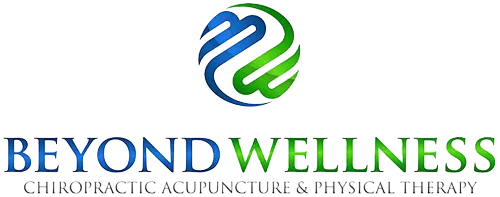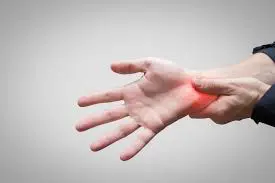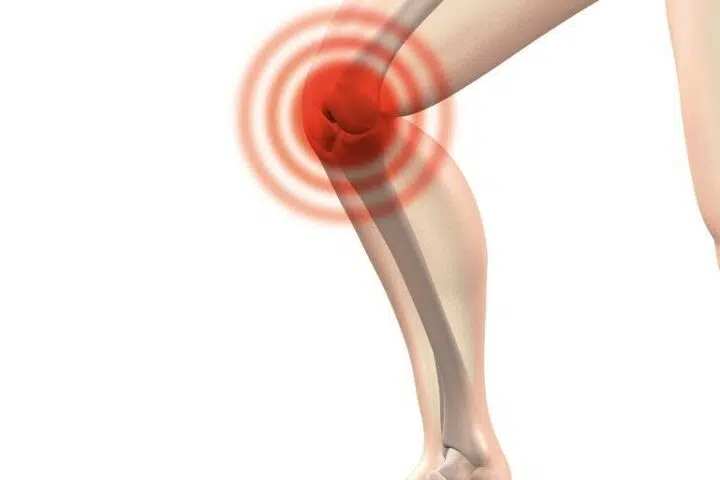Ah, my old friend carpal tunnel, we meet again. Or, as I like to call him, the most common peripheral nerve entrapment in the body. I have a very love/hate relationship with carpal tunnel. I enjoy treating it because the evidence for how to diagnose and treat carpal tunnel is clear, well established, and graduated. There are clear steps ranging from conservative to surgical, and an order that is followed across many professionals. So why do I hate it then? Well, in my opinion, it’s misunderstood and overdiagnosed. A wrong diagnosis leads to the wrong treatment or treatments, frustrated patients and doctors, and time and money down the drain.
What is Carpal Tunnel Syndrome (CTS)? It is a compression of the median nerve as it passes through a bony tunnel formed by the joints in the wrist. The median nerve provides sensory feedback from the thumb, index, and middle finger, as well as motor strength to the muscles of the thumb called the thenar muscles. So what may you experience with CTS? You may have temporary or permanent numbness in the aforementioned fingers, grip weakness, and pain. CTS may be caused by direct compression, such as spending long hours with your wrists resting on a keyboard. It may also be caused from tightness of the muscles on the front of the wrist, which may be from day to day activities such as typing and texting, or from sport. More importantly, what is CTS not? It is NOT numbness or tingling in all 5 fingers. Unless you are a mutant anatomical variant, CTS will only affect the first 3-3.5 fingers. It is also not numbness or tingling in the palm of the hand, only in the fingers, And the grip weakness should be isolated to the thumb, with atrophy of these muscles and little decrease in function of the other fingers.
Why do I say all this? Because there are other extremely common conditions like thoracic outlet syndrome, pronator syndrome, cubital tunnel syndrome, and cervical radiculopathy, that may mimic these symptoms. And I’ve treated patients who have had full blown Carpal Tunnel surgical releases on both sides…who after still had all the same symptoms they were experiencing before, because the problem was somewhere else. What does this mean? Get evaluated by a knowledgeable practitioner. There are accurate tests called Nerve Conduction Velocity studies that can be performed which very accurately identify which nerve is being compressed and where. Ask your doctor about an NCV if you want some more certainty before undergoing treatment. All this being said, CTS is usually easily treated with a combination of activity modification, bracing, muscle release, and joint manipulation. But all these treatments only work if you indeed have CTS. Always know before you go.
If you are interested in getting your carpal tunnel evaluated and treated call (703)-723-9355 to schedule an appointment with one of our Chiropractors, Physical Therapists, or Acupuncturists to start your journey towards living pain free.




